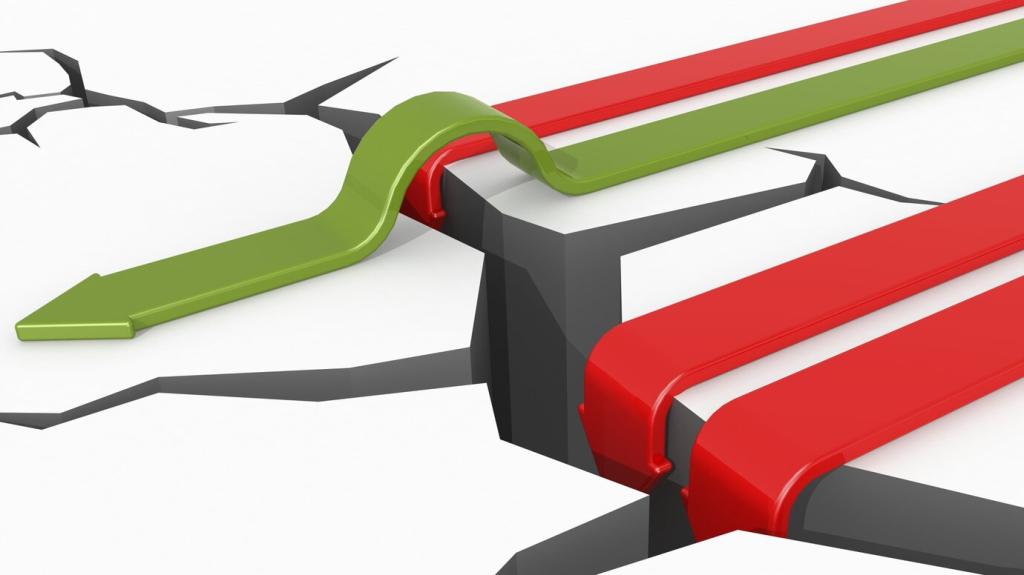Formats, Layout, and Technical Fit
German and Russian often expand significantly; Chinese can contract. Avoid hard-coded widths and allow responsive wrapping. Write microcopy variants within character limits. Pseudo-localize early to catch truncations and concatenations long before release week.
Formats, Layout, and Technical Fit
Support right-to-left layouts for Arabic and Hebrew, including mirroring icons and navigation. Choose fonts with full glyph coverage and legible diacritics. Test kerning and line height for Thai, Devanagari, and Vietnamese to prevent awkward collisions.
Formats, Layout, and Technical Fit
Use locale-aware libraries for decimals, thousands separators, and currency placement. Convert units thoughtfully—temperature, distance, and paper sizes vary. Display time zones clearly and list weekdays where relevant; Monday is not universally the first day.






